The ultrasound image demonstrates an irregular, complex fluid collection in the subareolar region of the breast with internal echoes, septations, and poorly defined margins. These sonographic findings are classic for a breast abscess, particularly in a patient presenting with clinical signs of infection—fever, redness, and localized tenderness.
A breast abscess is typically seen as:
A hypoechoic or anechoic area with thick walls
Presence of internal debris, septations, or floating echoes
Posterior acoustic enhancement
Increased peripheral vascularity on Doppler (surrounding inflammation)
Surrounding hyperechoic fat due to cellulitis
This clinical and imaging profile strongly supports the diagnosis of a breast abscess, most commonly seen in lactating women (puerperal mastitis) or in non-lactating women with chronic infection.
Comparison of answer choices:
A. Ductal ectasia usually presents with dilated ducts and minimal inflammatory changes, often asymptomatic or causing nipple discharge.
B. Abscess — Correct. The irregular fluid collection with complex echoes and clinical signs of infection supports this.
C. Sebaceous cysts are typically superficial, round, and well-defined with a punctum.
D. Galactocele appears as a well-circumscribed, fat-fluid level–containing lesion in lactating women but lacks surrounding inflammation.
[References:, Mendelson EB, Böhm-Vélez M, Berg WA.ACR BI-RADS® Atlas: Ultrasound. American College of Radiology; 2013., Rumack CM, Wilson SR, Charboneau JW, Levine D. Diagnostic Ultrasound, 5th ed. Elsevier; 2017., AIUM Practice Parameter for the Performance of Diagnostic and Screening Ultrasound of the Breast (2021)., , , ]



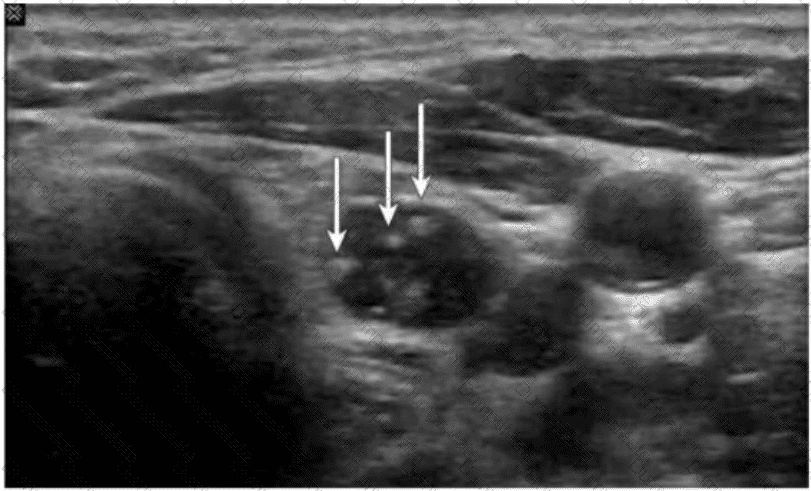

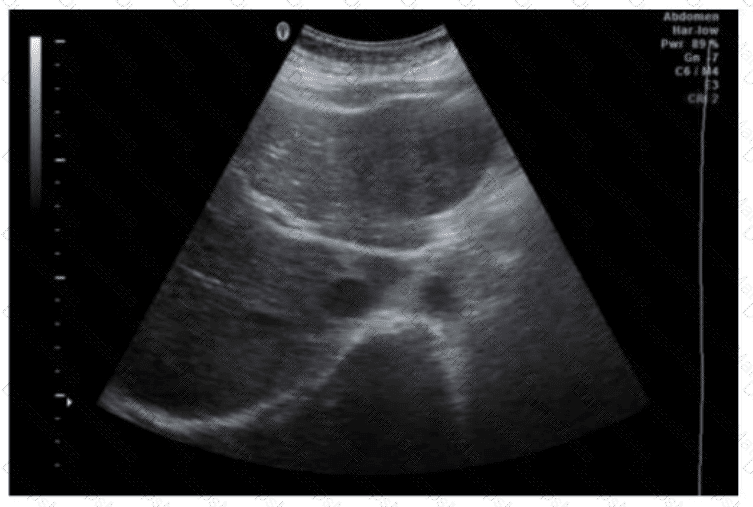
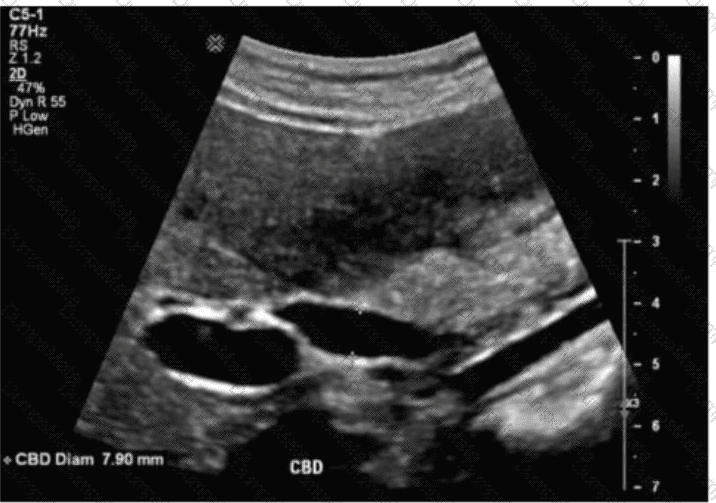
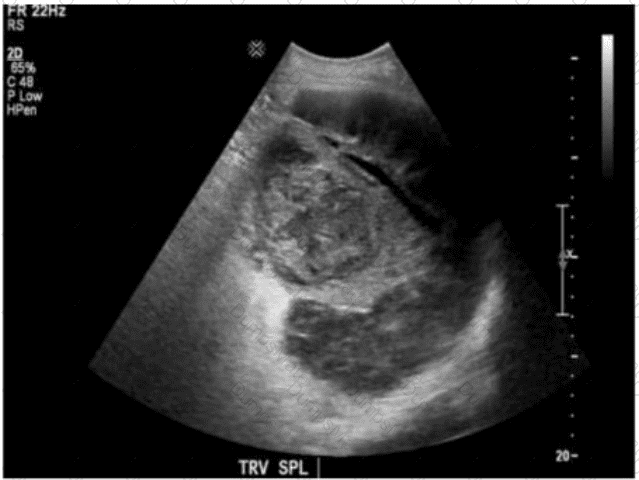
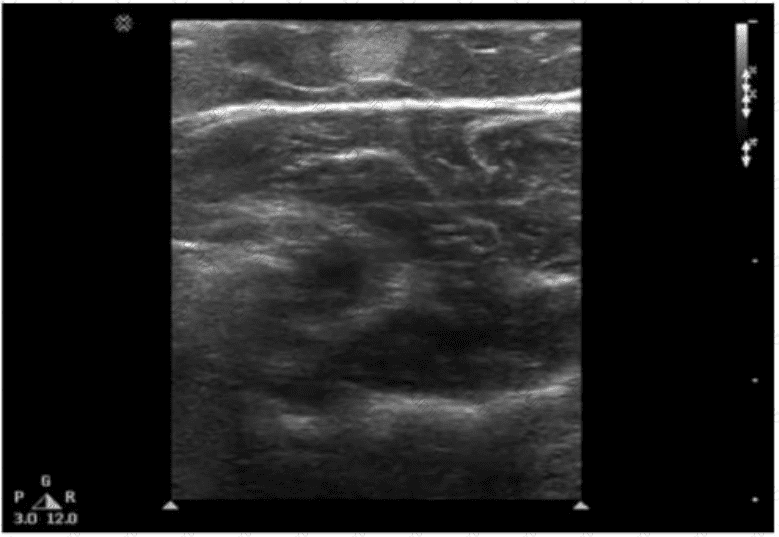
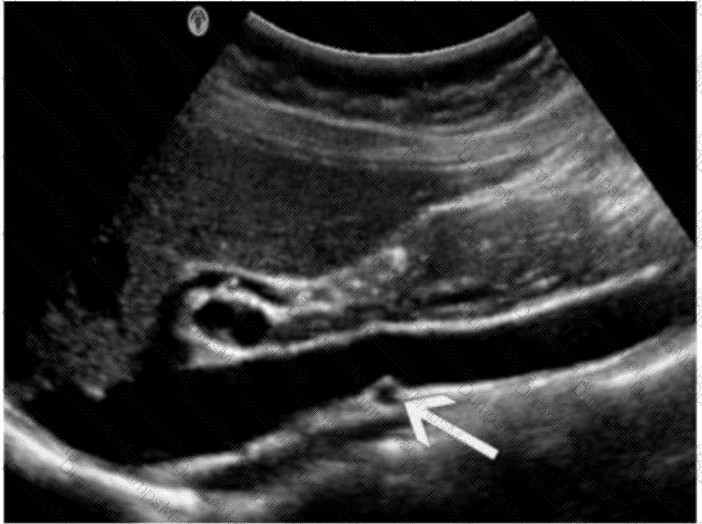
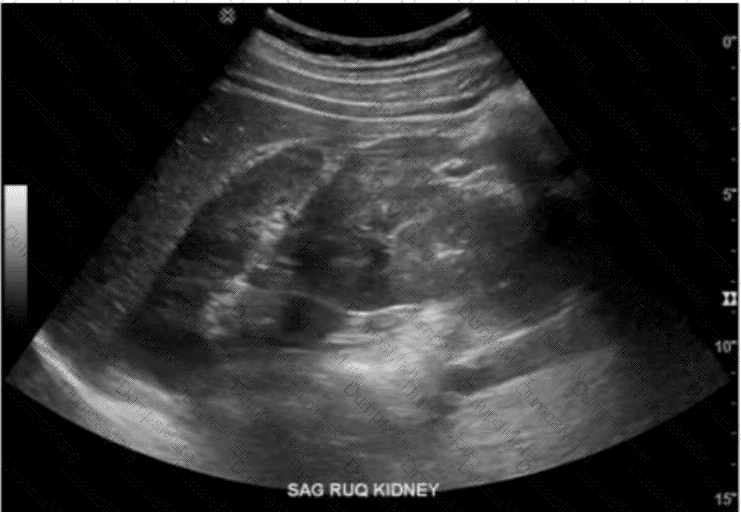
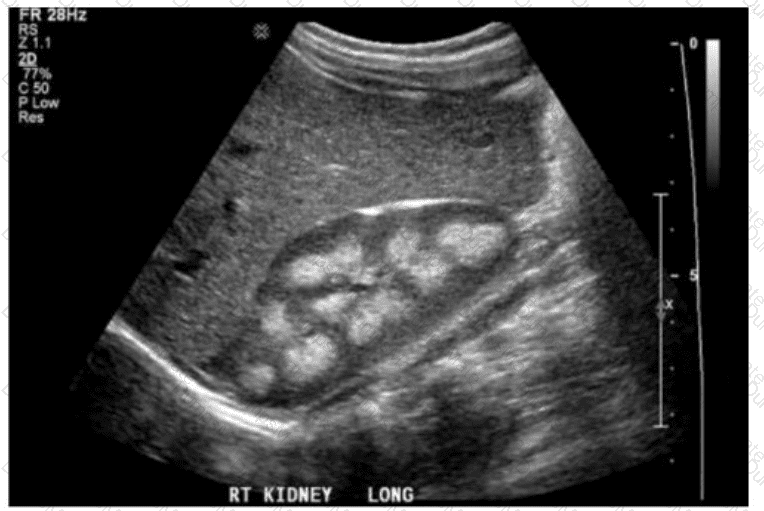
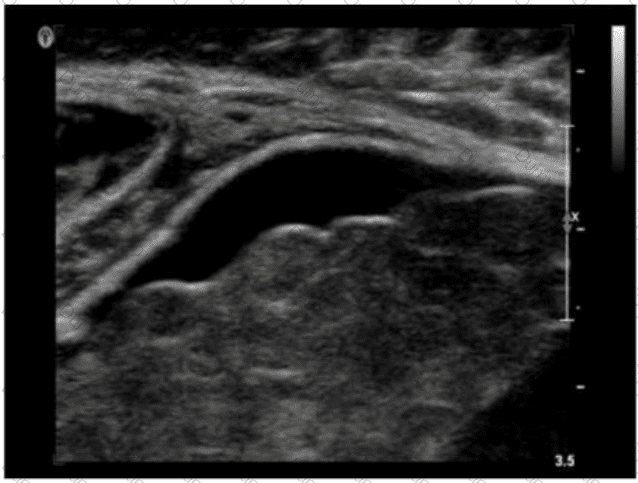
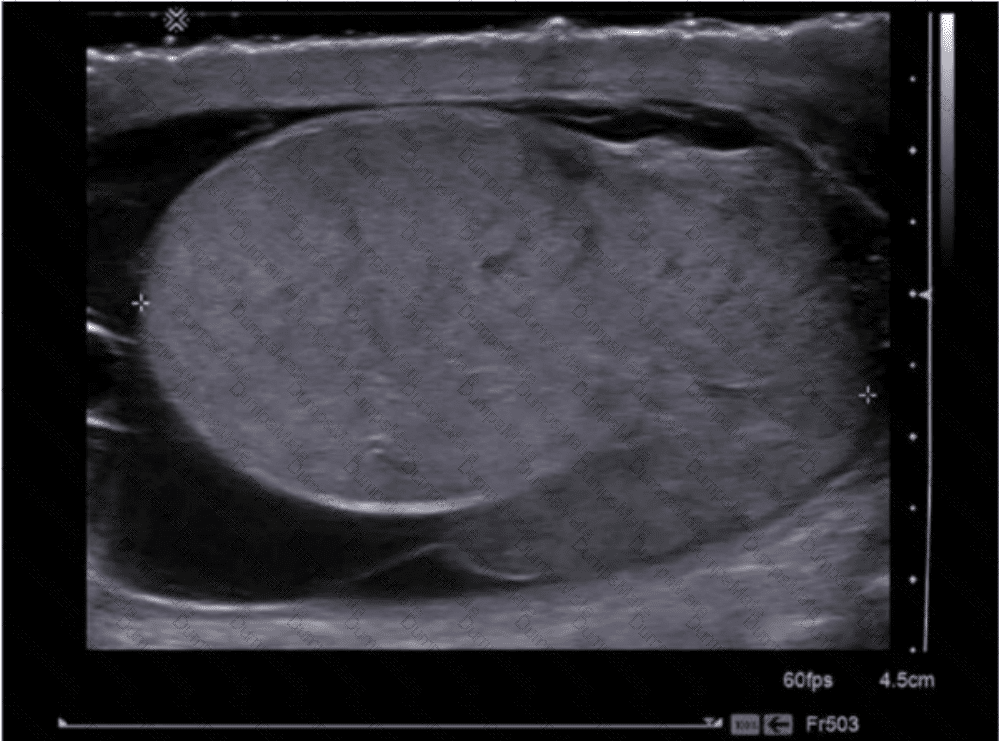
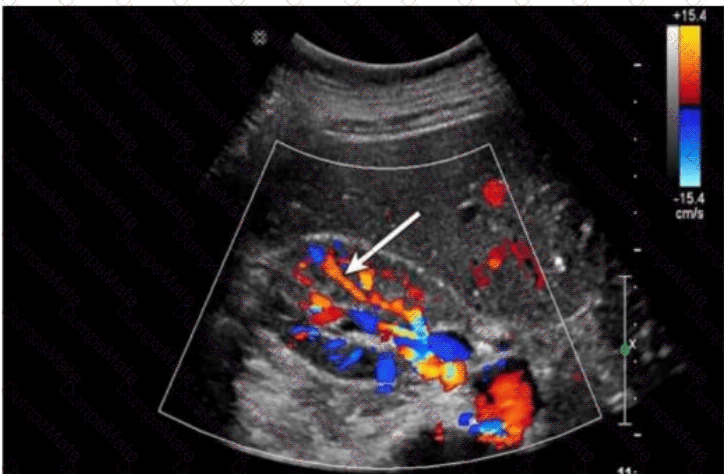
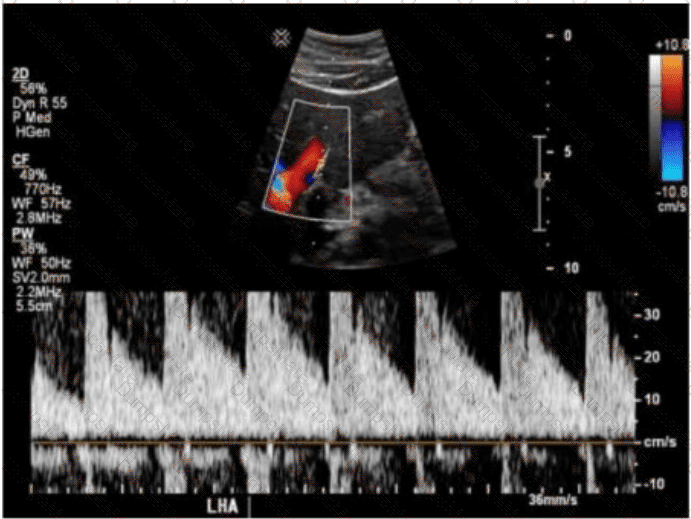
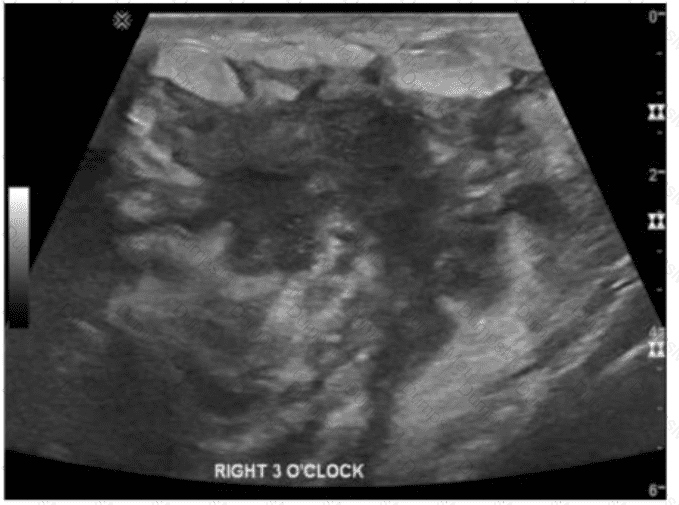
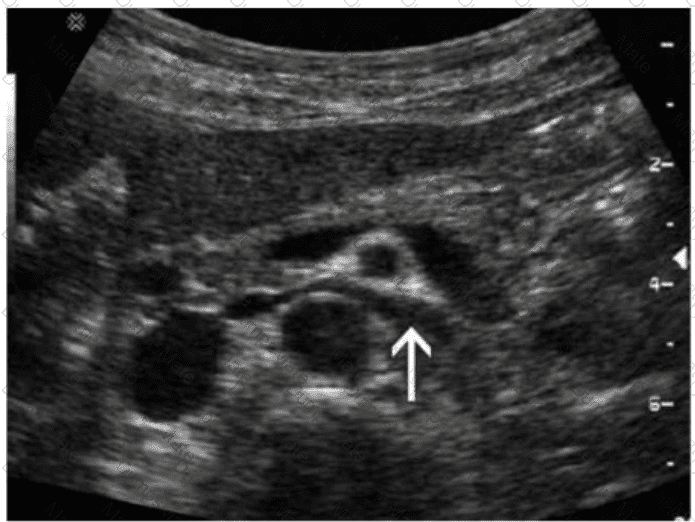
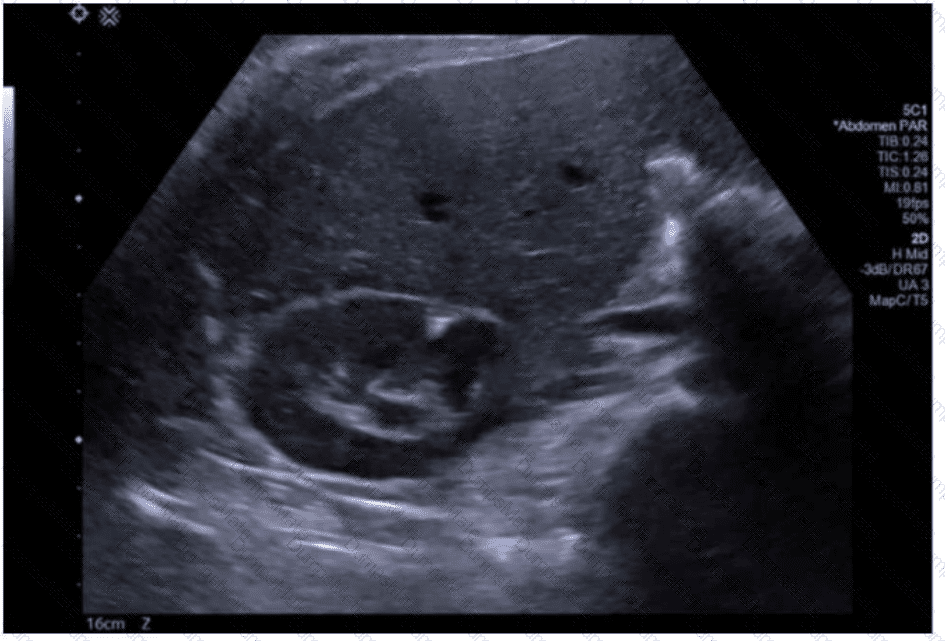

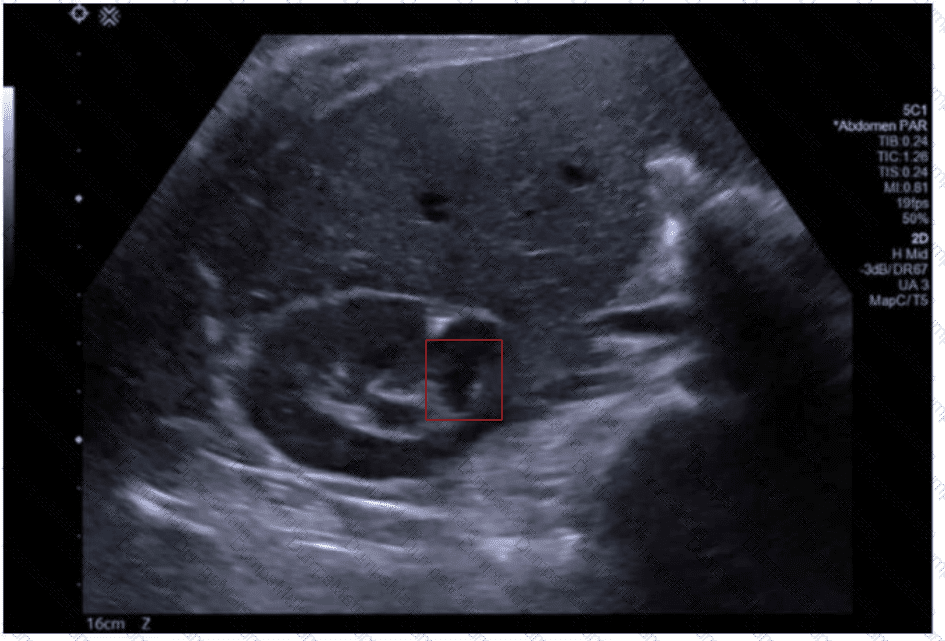 An ultrasound of a fetus
AI-generated content may be incorrect.
An ultrasound of a fetus
AI-generated content may be incorrect.

